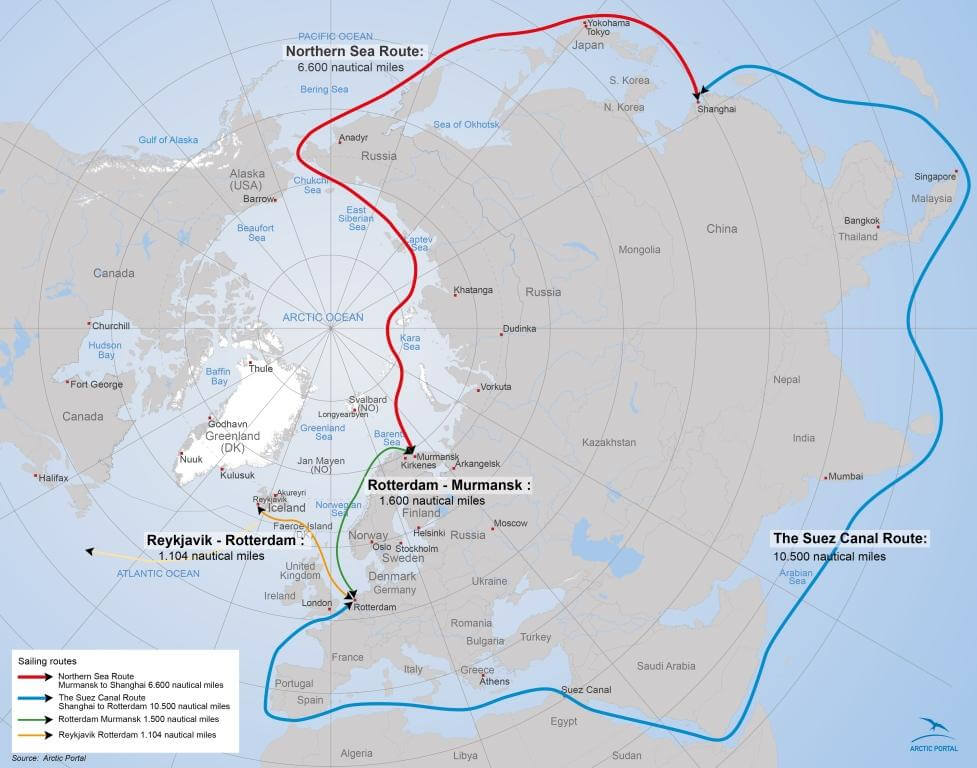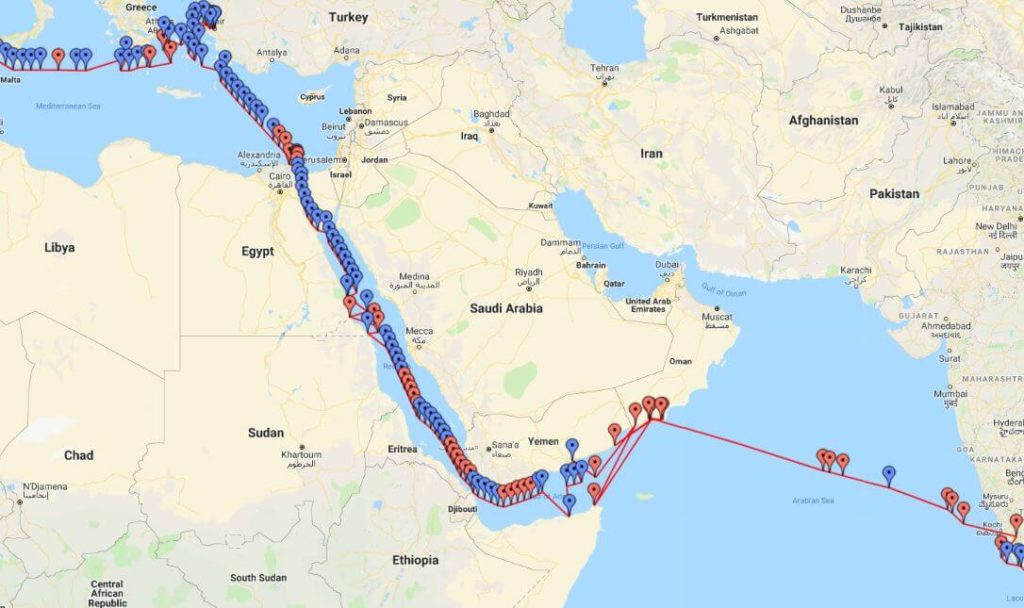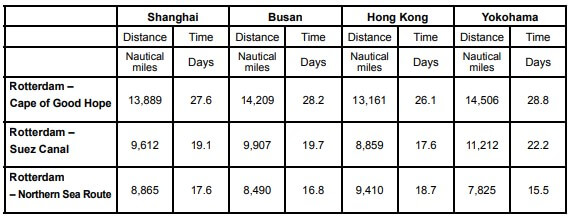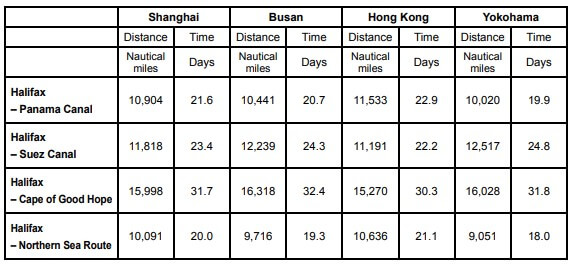In the world of logistics, boundaries are routinely being pushed to their breaking point, and beyond, every single day.
What was once considered impractical, unrealistic, impossible, or unprofitable now no longer seems to so in a world increasingly driven by commerce and controlled by pocket-sized tech intended to drive the connection economy forward at breakneck speed.
Well, until that is, one considers that some of the harshest places on planet Earth still have the power to render such technology useless and to lay waste to years of expansion planning even by the most strong-willed executives, and governments, the world over.
This is not to say that man does not continue to endeavour in his attempts at making inroads into regions once believed to be wholly isolated due to political, social, or natural barriers.
But then, of course, there remains the Arctic.
Since the turn of the twenty-first century, new shipping lanes have not only been rendered increasingly more accessible on account of Arctic thawing, but have also grown dangerously polarized (pardon the bad pun) as competing nations lay claim to key passages in an attempt to monetize and regulate them à la the Suez and Panama canals before anyone else has the chance.


Is there any solution to such a distressingly fraught, though necessary, area of operation in which logisticians have no choice but to conduct their business or else risk becoming irrelevant, or worse?
What about insurance against loss, both natural and man-made?
This is to say nothing of ongoing environmental degradation and the potential loss should investments in new ships prove unsustainable (again, apologies for the bad pun).
The answer lies, of course, in a combination of software and hardware that allows third party logisticians to remain just that: third parties.
ParceLive not only endeavours to afford supply chain personnel this capability, but also help build a broader solution to shipping in the Arctic for all to consider as this region continues to heat up both literally and figuratively, of course.
Read on to learn more about the functionality, partnership opportunities, and compliance-based considerations Hanhaa’s ParceLive assures the extreme shipper.
ParceLive functionality tested for further development:
Given the long, storied history between exploration and trade, it should come as no surprise that just such a relationship continues to this day and, now, includes the Arctic.
With man seemingly always looking to reduce the time a product or good is not available for sale (or is that sail?), reductions in distance and time mean more customer-facing opportunities in which to generate a profit.
That said, consider the reductions in both distance and time afforded the manufacturing firm that uses a northern route vis-à-vis a third party, seen here from Europe and next from North America:


Not only does failing to utilize these seaways mean increased costs for the shipping firm, but they also could prove as a downfall to late adopters who fail to invest in modified container ships capable of handling extreme weather conditions.
What’s more, logisticians will need to more closely track and monitor the condition of the freight and ensure updates along its journey to eager freight forwarders in China, Hong Kong, or South Korea.
This is where ParceLive shines, however, as it has already tested its trackers in the extreme north and seen GPS capability maintained to sub 10-degrees centigrade, or 14-degrees Fahrenheit.
What’s more, the trackers were able to provide location, humidity, shock, tilt or orientation, and light sensitivity analysis all the way to Svalbard, Norway.
Following such tests, Hanhaa further developed their technology so that trackers can now handle sub 15-degree centigrade temperatures with similar improvements being made in other facets of the hardware.
ParceLive piloting and partnering into the North Pole:
All of the above data is great, of course, but is of little consequence in the business world unless it can be easily accessed across channel partners, freight forwarders, manufacturers, and sellers, among others.
Again, this is where ParceLive offers users with the unique opportunity to act as partners with the company by offering, as a standalone provider, insights into the ParceLive data as a part-owner and proprietary operator.

In other words, and in less than two months, ParceLive can pilot a package through the NSR, NWP, or TPP, provide support and training around what data a logistics firm wants to capture, coach leaders within the business on commercial agreements, and offer regular account reviews to ensure that no matter what happens in the Arctic, third party logisticians remain about the fray.
Literally.
ParceLive as a compliant and conscientious solution:
On the potential political, social, and environmental ‘wars’ already being waged in the Arctic, ParceLive understands the importance of ensuring a company operating in this region remains 100 percent compliant, especially in the face of shifting international rules as well as those more closely guarded by former GIUK countries (not to mention those formerly behind the Iron Curtain).
ParceLive is credible in this regard as they routinely request and achieve pre-clearances and certifications for those items that their trackers monitor and control across international, open, and national boundaries.

What’s more, Hanhaa takes seriously the integrity of shipping items and avoids unsafe practices or those that could cause irreparable harm to life, limb, or location, which is to say the environment.
On this last consideration, or that of the Arctic becoming increasingly open to access by large container ships, Hanhaa wants to ensure that third party logisticians and companies remain aware of the potential harm haphazard operations in this area could mean for the global community.
That said, and in upholding safe and secure operations, ParceLive is a software and hardware solution that should not be dismissed by manufacturers or sellers looking to move their goods more quickly, especially as the region looks to grow in traffic significantly until 2040 when some estimates believe it could be open to all.
With the race on, then, it is critical for shippers to build strategic relationships across channel partners and who better than Hanhaa?







